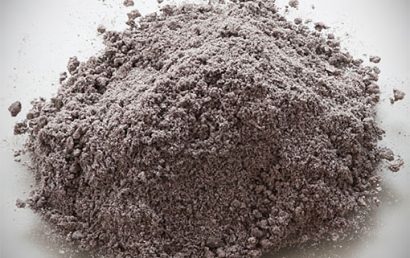Electrical Engineering – Common Coating Materials To Provide Insulation
Insulating materials are designed to prevent electrical conductors, in the form of electrically energized wires and parts, from passing current to another entity. With that in mind, coating materials for insulation will feature extremely high resistance to the flow of electrical current, and their valence electrons are bonded to their atoms in a close knit manner.
Understanding the Importance of Electrical Insulation
For starters, electrical shocks can cause negative physiological effects on a human body or even death. This happens due to ventricular fibrillation, where the rhythmic pumping action of the heart ceases. So, what is considered safe? In most cases, AC voltage up to 60 volts and DC voltage up to 40 volts are considered safe limits. Anything beyond that is considered as a hazard. That’s why insulation is required to prevent one from suffering electrical shocks.
With that in mind, resistance to electrical current is usually measured in ohms. Metals are good conductors as they have minimal resistance to the flow of electrical current. Good insulators, on the other hand, react with a high resistance to flow of electrical current.
Next, things like dry wood feature a relatively high resistance to electrical current. When it becomes moist in contact with water, that resistance drops. This concept applies to human skin too and that’s why electricians should always take precautionswhen water is present in the environment as well as use insulating materials when handling electrically energized wires and parts.
Common Coating Materials that Provide Insulation
While we can’t include the entire list of coating materials that provide insulation, here are the most common ones:
- Glass
- Kapton
- Thermoplastics
- Electrical insulating papers, tapes, and foams
- Neoprene
- Polystyrene
- Kynar
- Lexan
- Merlon
- B.S.
- Acetate
- Acrylic
- Polyolefins
- Polystyrene
- Polyurethane
- PVC (Polyvinylcloride)
- Silicone
- Fiberglass
- Melamine
- Mica
- Nomex
- Nylon
- Vinyl
- Laminates
- E.T. (Polyethylene terephthalate)
- Phenolics
- Beryllium oxide
- Ceramic
- Delrin
- Epoxy
- Polyester (Mylar)
- TFE (Teflon)
Understanding ASTM’s Insulating Material Standards
ASTM’s insulating material standards has always been instrumental in testing, evaluating, and specifying both the physical and electrical properties of materials used mainly as insulation in devices and other related equipment. Some of the important properties include ionic resistivity, ion exchange capacity, dissipation factor, DC resistance and conductance, permittivity, AC loss, dielectric strength, dielectric breakdown voltage, and more.These standards also allow manufacturers, especially from the semiconductor industry, to assess and examine materials and equipment to ensure their qualification for safe usage.
How are Insulating Coating Materials Being used?
- Electrical rubber mats
Insulating mats are widely used in power plants and substations, and mostly below control panels to ensure the safety of the work crew. In areas like these, there is a possibility of current leakage.
- Personal protective equipment (PPE)
PPE has the ability to protect its wearer from the hazards of electrical shock. Examples of PPE that need to be coated with insulating coating materials include the gloves, face masks, goggles, foot wear (types that feature electrical shock-resistant soles and heels) and head wear. In some cases, electricians will also work with protective shields and insulated tools.
- Power and electronics systems
The wire coils found in electrical motors, power generators, and small transformers are often coated with insulating materials. In addition, power circuit boards often feature a variety of electronics components on them. That’s why PCBs are manufactured with a mix of fiberglass and epoxy plastic.



